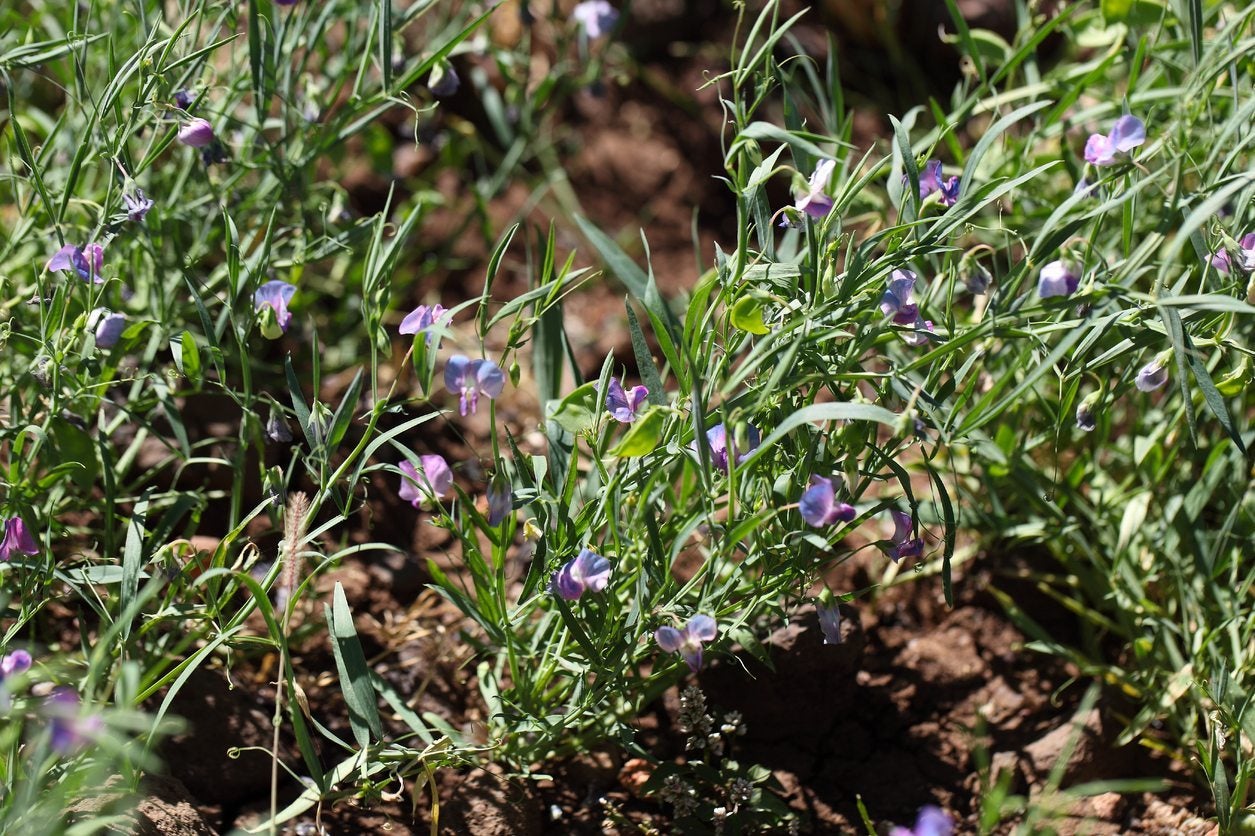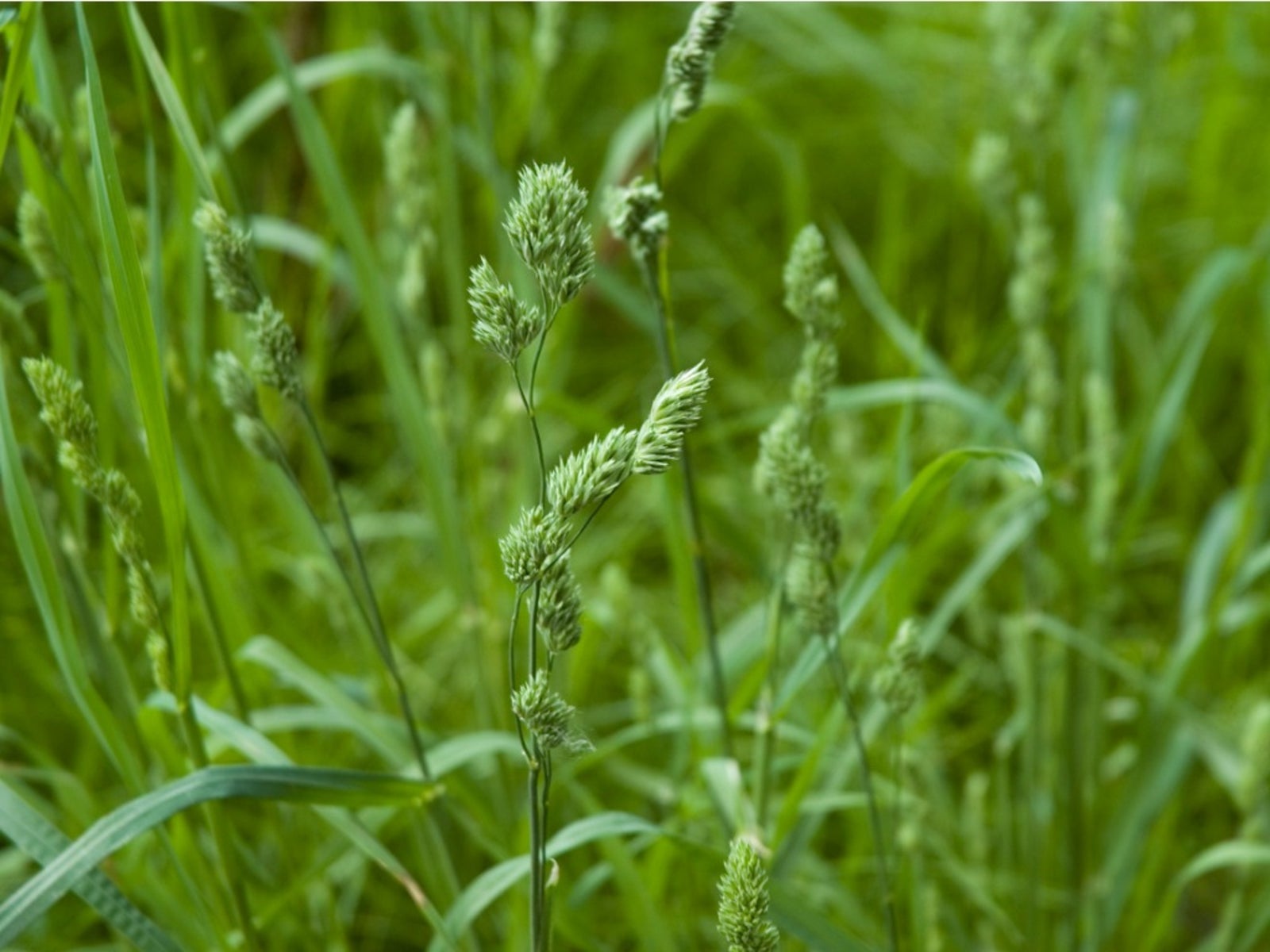Grains
Wheat, barley, oats, rye and other grains are typically grown in agricultural surroundings, but there’s no reason you can’t grow grain plants in your garden. Some types of grains can even be grown indoors on your kitchen counter. Keep in mind, however, that growing conditions vary widely for different grain plants. The following articles will provide information on growing and harvesting grains in the home garden.
-
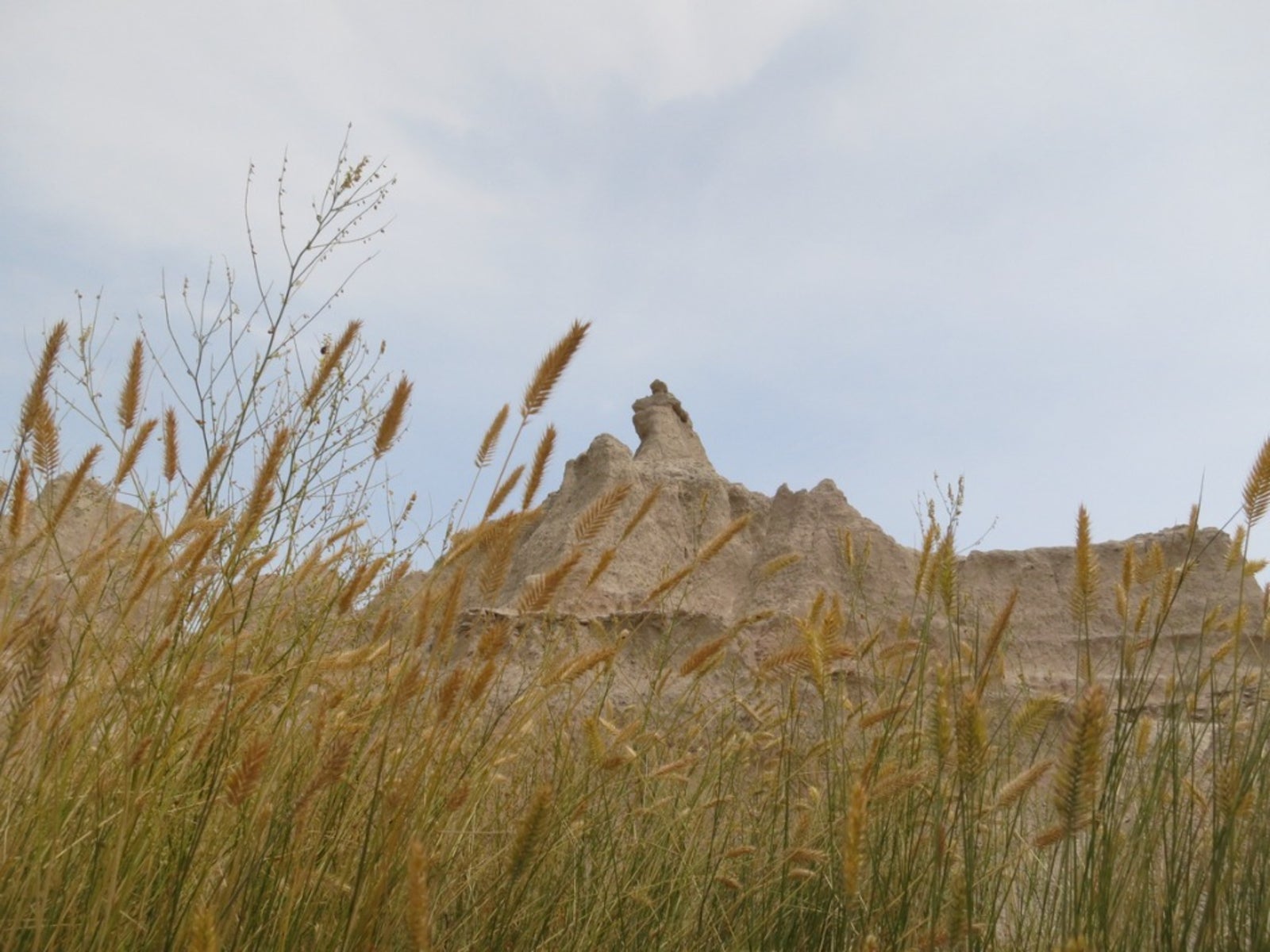
What Is Western Wheatgrass – How To Grow Western Wheatgrass
Wheatgrass is native to North America and graces the Southwest, Great Plains and mountainous regions of the western U.S. It has some erosion control benefits but using western wheatgrass for grazing is the primary purpose. Learn more about it here.
By Bonnie L. Grant
-
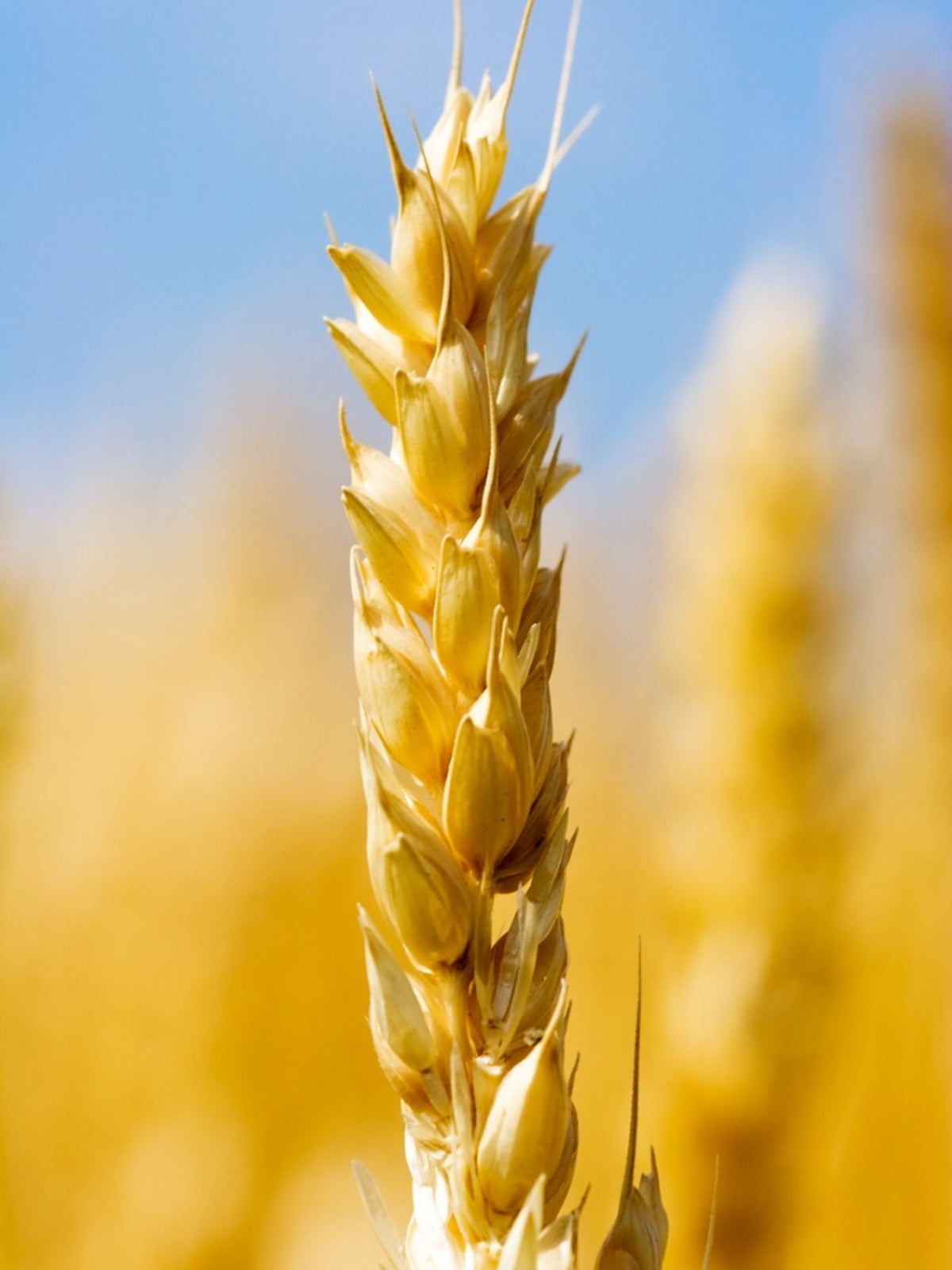
Can I Grow Wheat At Home – Tips For Growing Wheat In Home Gardens
You want to eat healthfully and incorporate more grains into your diet. What better way than growing wheat in your home garden? The following wheat growing information will help you learn how to grow wheat in a home garden and caring for backyard wheat grain.
By Amy Grant
-
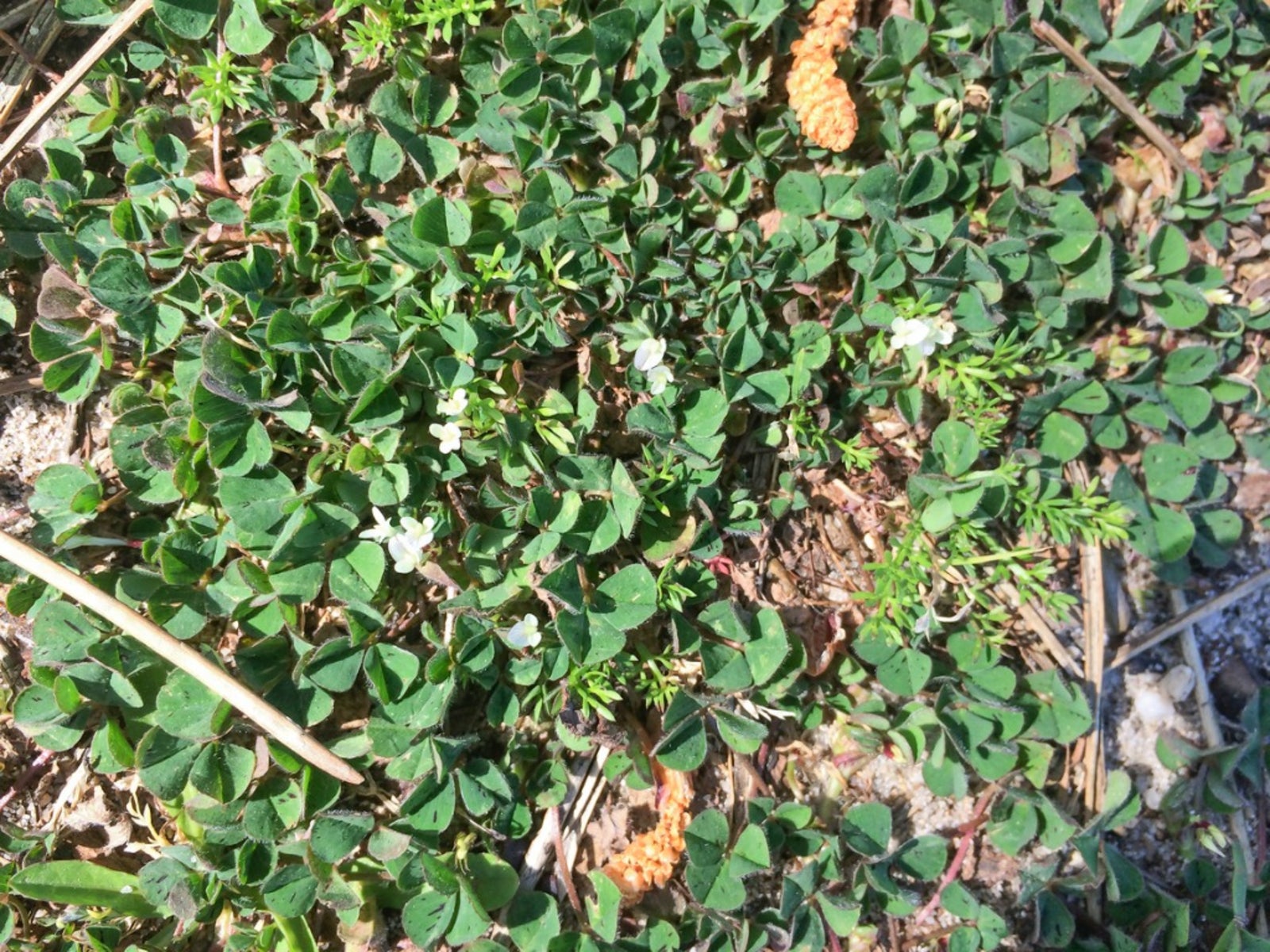
What Is Subterranean Clover : How To Grow Subterranean Clover Cover Crops
Soil building crops are nothing new. Cover crops and green manure are common in large and small gardens. Subterranean clover plants are legumes and, as such, have the capacity to fix nitrogen in soil. It is useful in many different cropping applications. Learn more here.
By Bonnie L. Grant
-

Home Garden Barley - How To Grow Barley As A Cover Crop
There are several options for the home gardener when choosing a cover crop. Barley as a cover crop is an excellent selection. Read this article for information about winter barley cover crops.
By Amy Grant
-
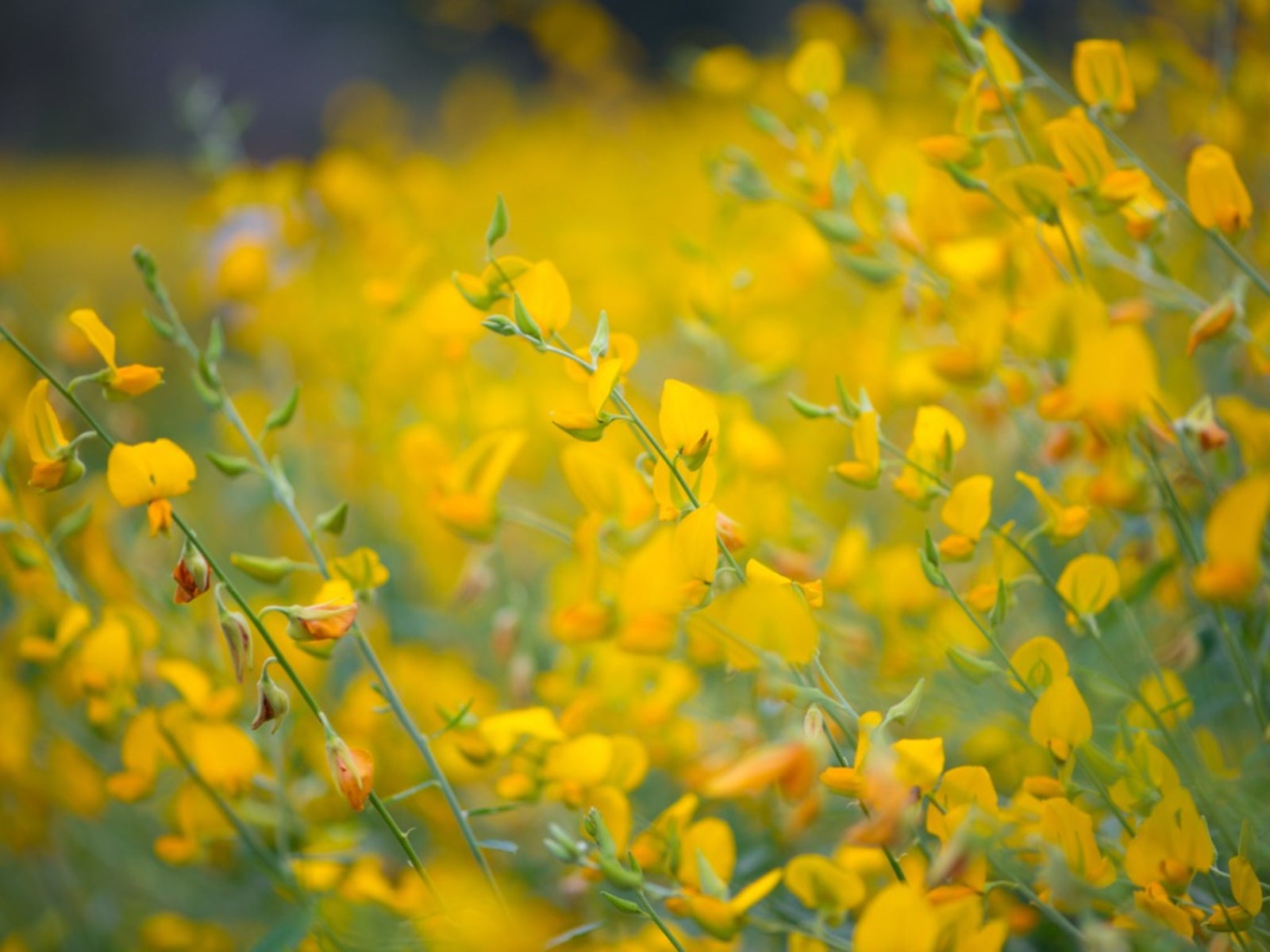
Sunn Hemp Plant Info – Learn Sunn Hemp Uses And Care
Sunn hemp grass is a warm weather grass. Click to learn more about Sunn hemp uses as well as helpful tips on growing Sunn hemp as a cover crop.
By Mary H. Dyer
-
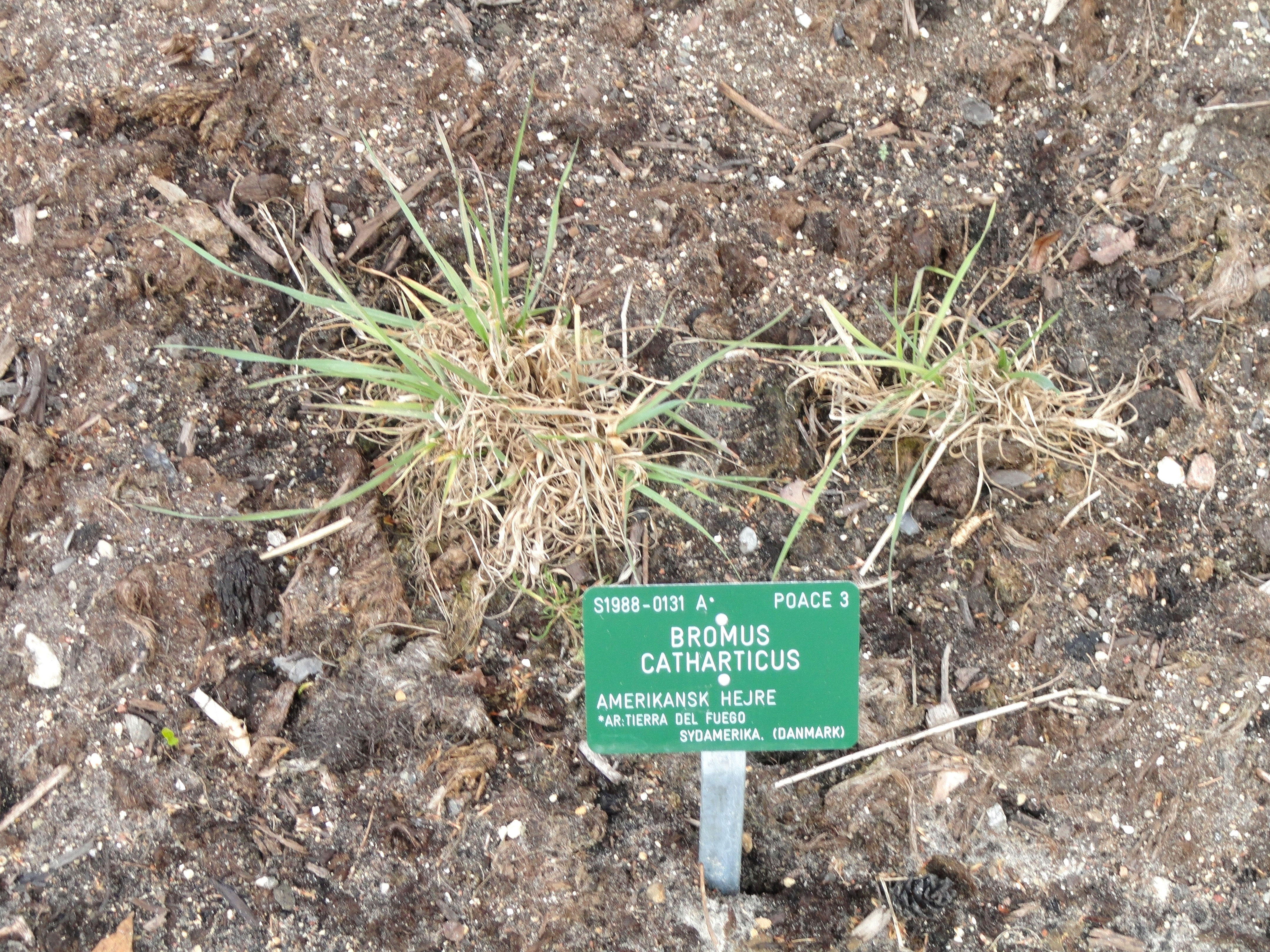
Rescue Prairie Grass Info: What Is Prairie Grass Used For?
For those looking for a good cover crop or livestock forage, Bromus prairie grass may be just what you need. Learn more about what is prairie grass used for and how to plant rescue grass seed in this article.
By Susan Patterson
-
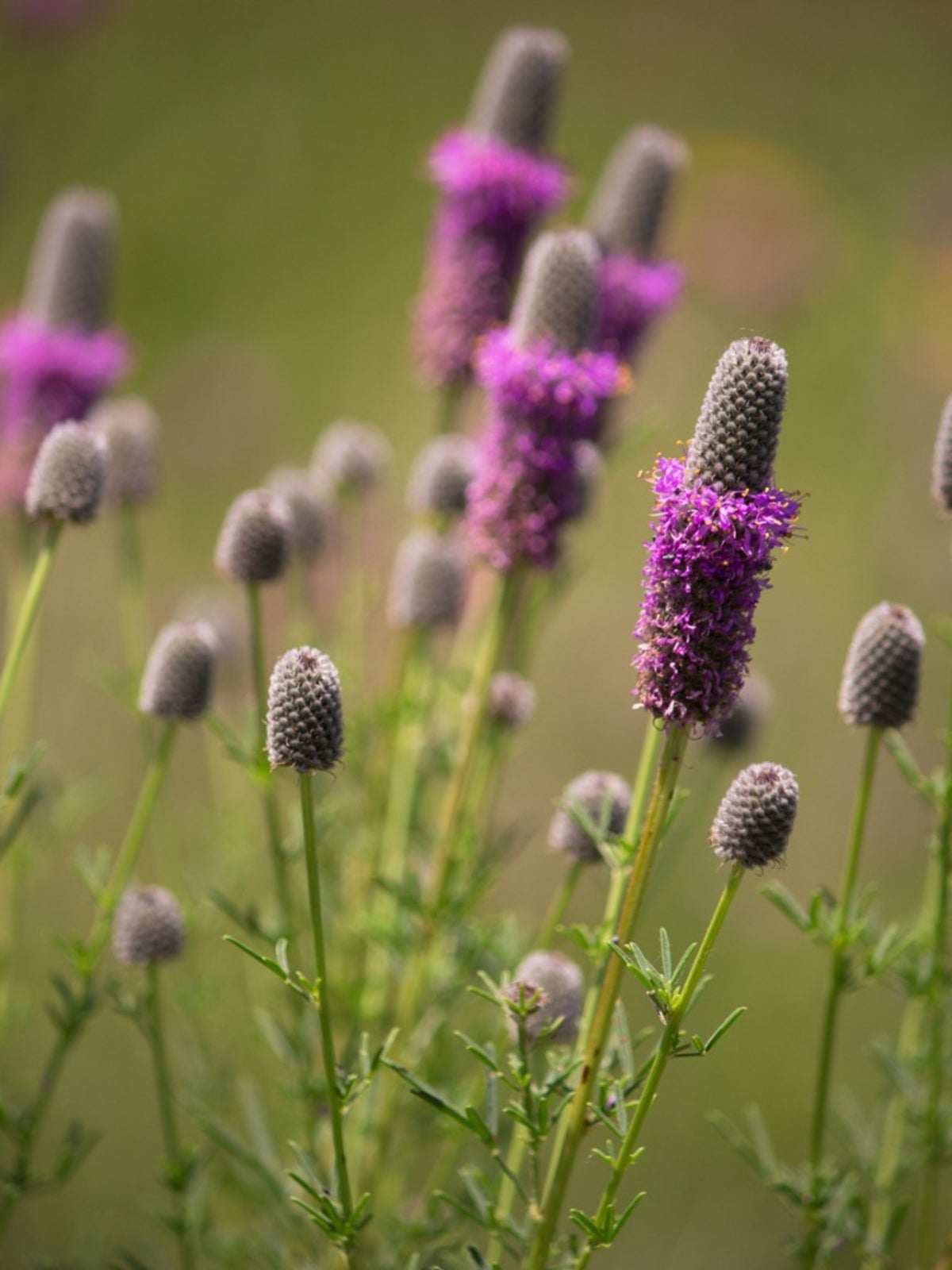
Prairie Clover Information: Growing Purple Prairie Clover In Gardens
Prairie clover plants in gardens helps add nitrogen back into the soil. Growing purple prairie clover as a green manure or cover crop helps enrich soil. Read this article for more information on how to grow it.
By Bonnie L. Grant
-
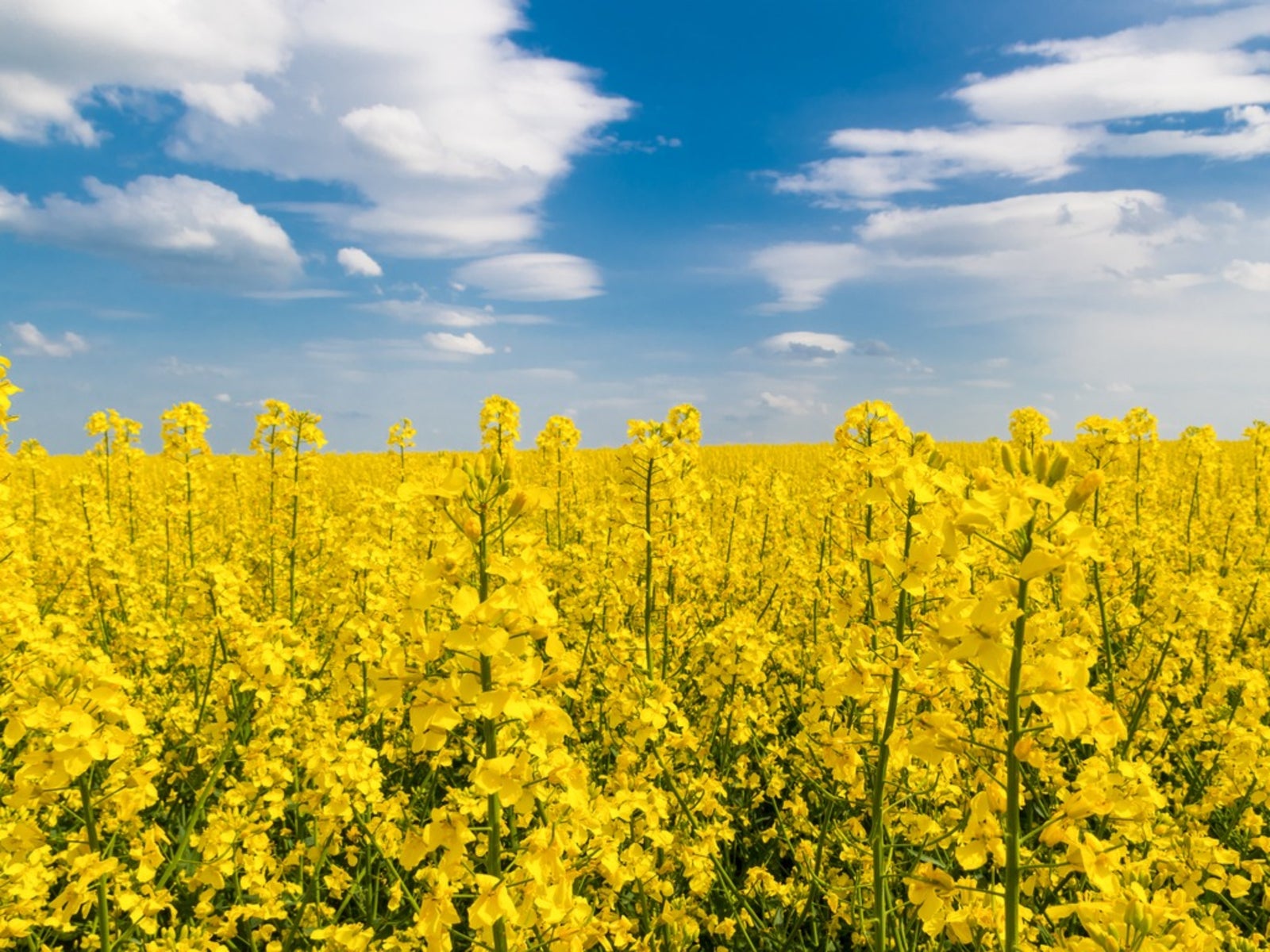
Winter Cover Crops With Canola: Tips On Planting Canola Cover Crops
You've probably heard of canola oil but did you ever stop to think about where it comes from? In this article, we focus on canola as a cover crop. Planting canola cover crops for home gardeners can be quite beneficial. Learn more here.
By Amy Grant
-
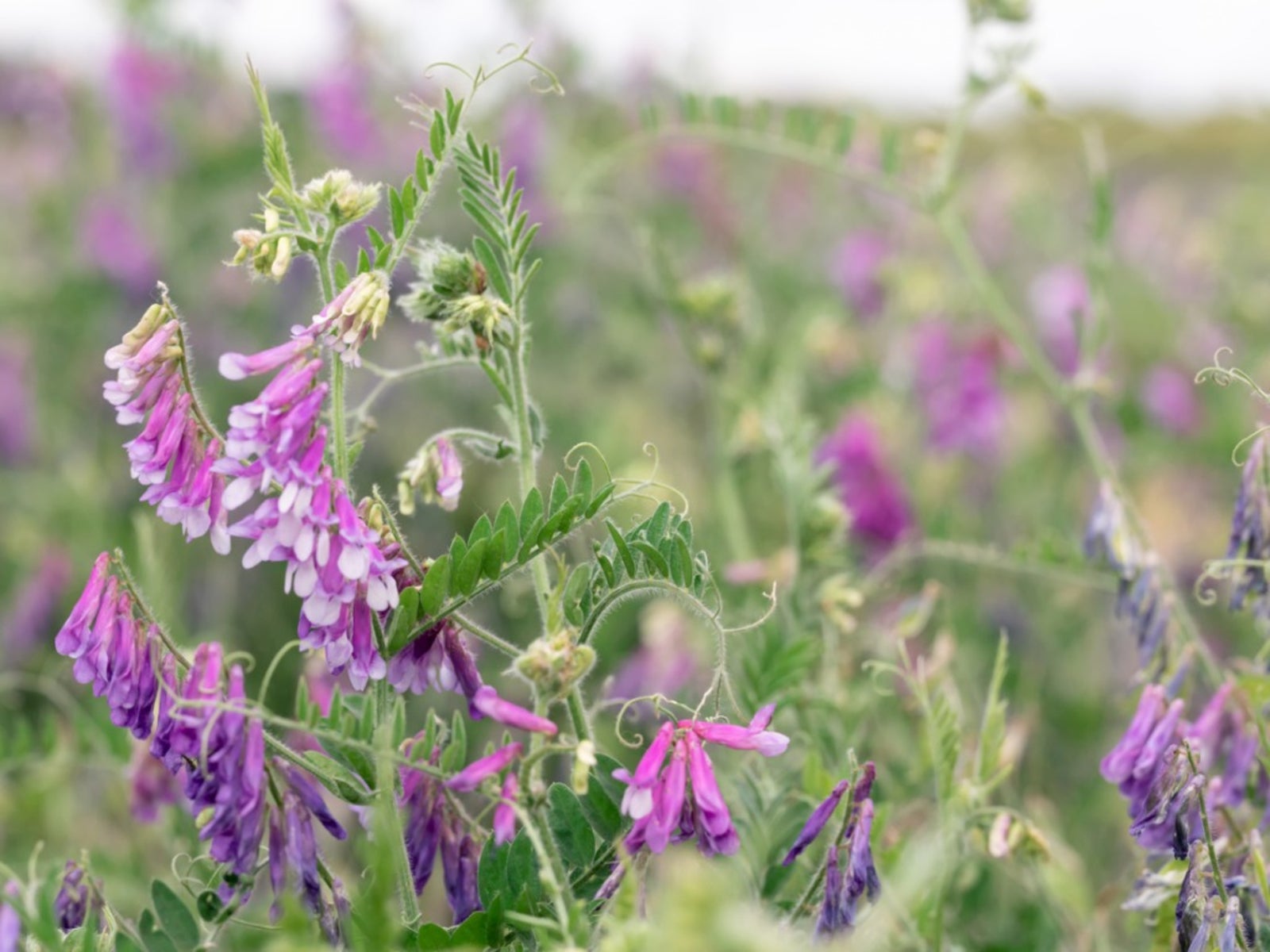
Hairy Vetch Cover Crop Info: Hairy Vetch Planting Benefits In The Garden
Growing hairy vetch in gardens provides a number of benefits to home gardeners; vetch and other cover crops prevent runoff and erosion, and add organic matter and important nutrients to the soil. Click here for more info.
By Mary H. Dyer
-
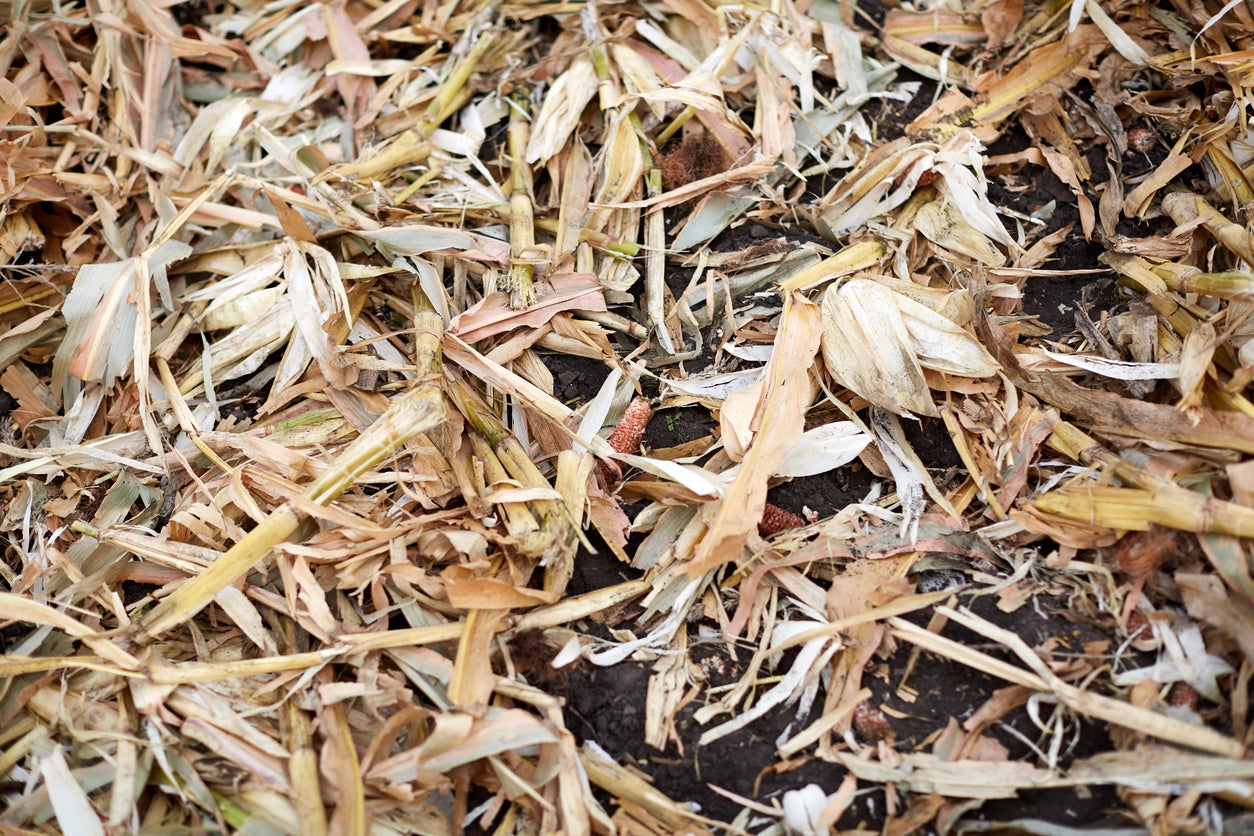
Seed And Chaff Separation – How To Separate Seed From Chaff
Have you heard of the phrase ‘separating the wheat from the chaff’? It’s likely that you didn’t give too much thought to the saying, but it refers to separating seeds from chaff. What is chaff and why is seed and chaff separation important? Find out in this article.
By Amy Grant
-
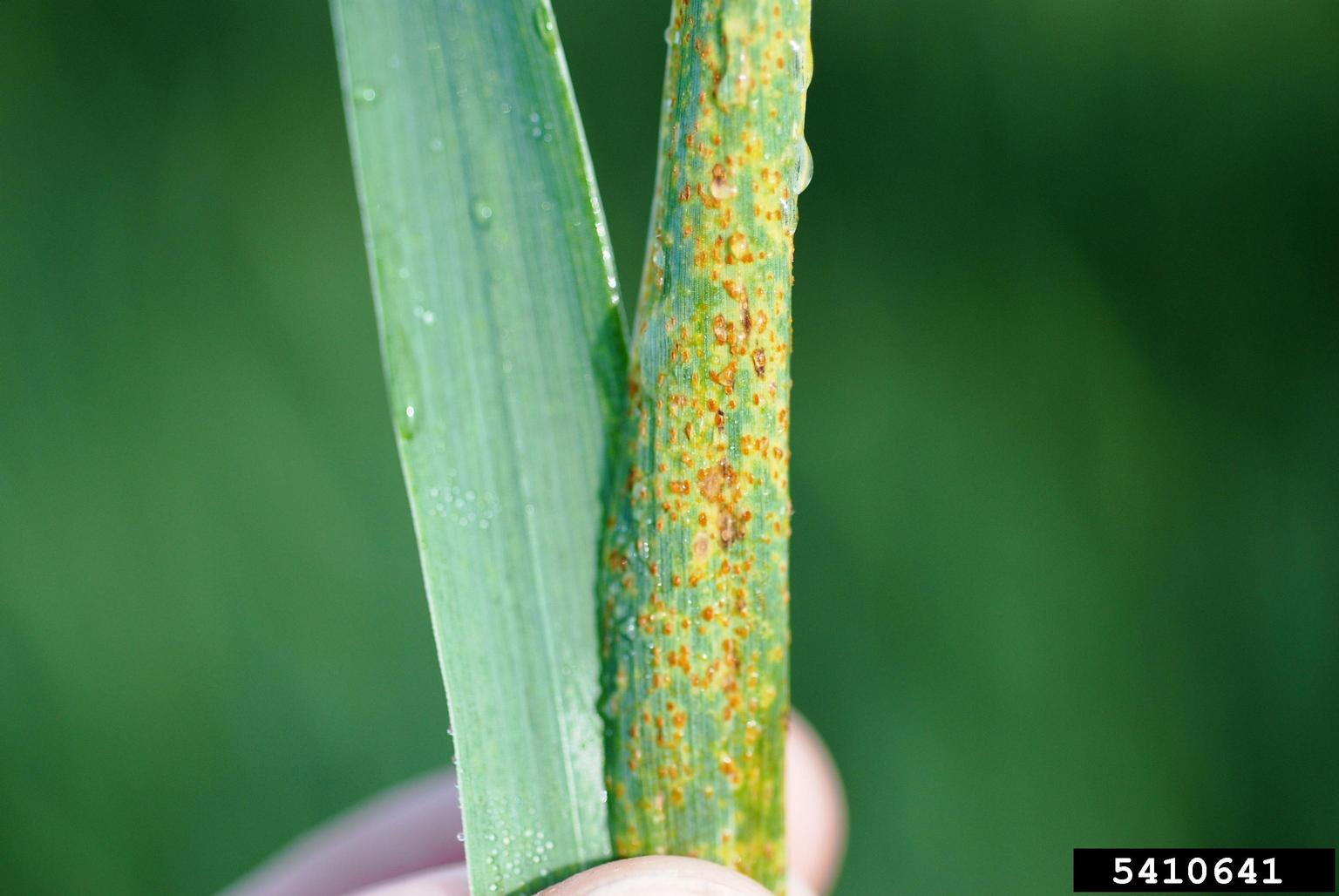
What Is Wheat Rust: Learn About Rust Diseases Of Wheat
Wheat rust is one of the earliest known plant diseases, and it remains a problem today. Scientific studies offer information that allows us to manage the disease better. Use the wheat rust information in this article to help manage your crop.
By Jackie Carroll
-
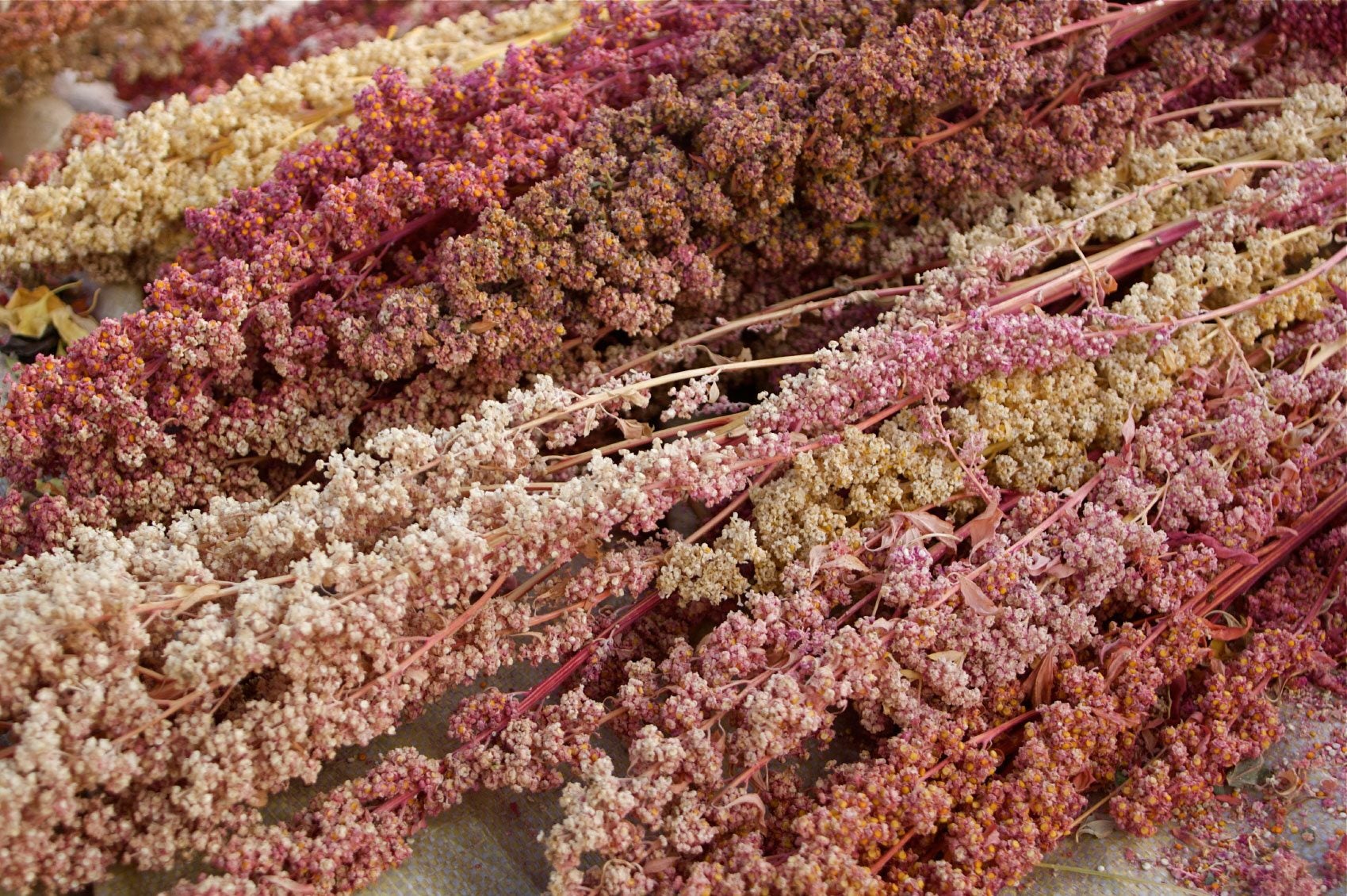
What Is Quinoa: Learn About Quinoa Plant Benefits And Care
Quinoa is gaining popularity in the U.S. because of its great taste and nutritional value. So can you grow quinoa in the garden? Read this article for quinoa planting instructions and information.
By Jackie Carroll
-
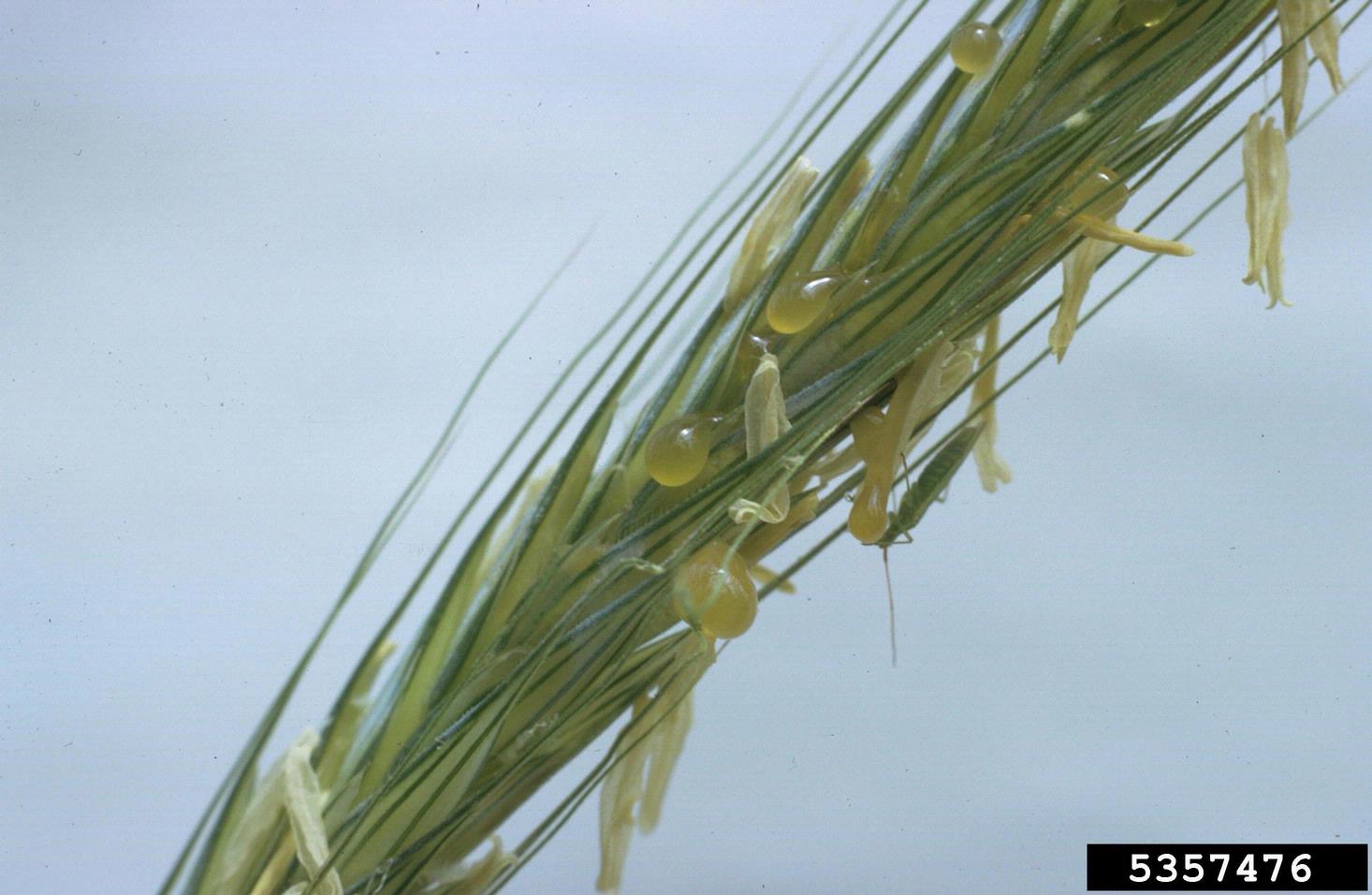
Ergot Grain Fungus - Learn About Ergot Fungus Disease
Growing grains and hay can be an interesting way to make a living or enhance your garden experience, but with great grains come great responsibilities. Ergot fungus is a serious pathogen that can infect your rye, wheat and other grasses and grains - learn more here.
By Kristi Waterworth
-
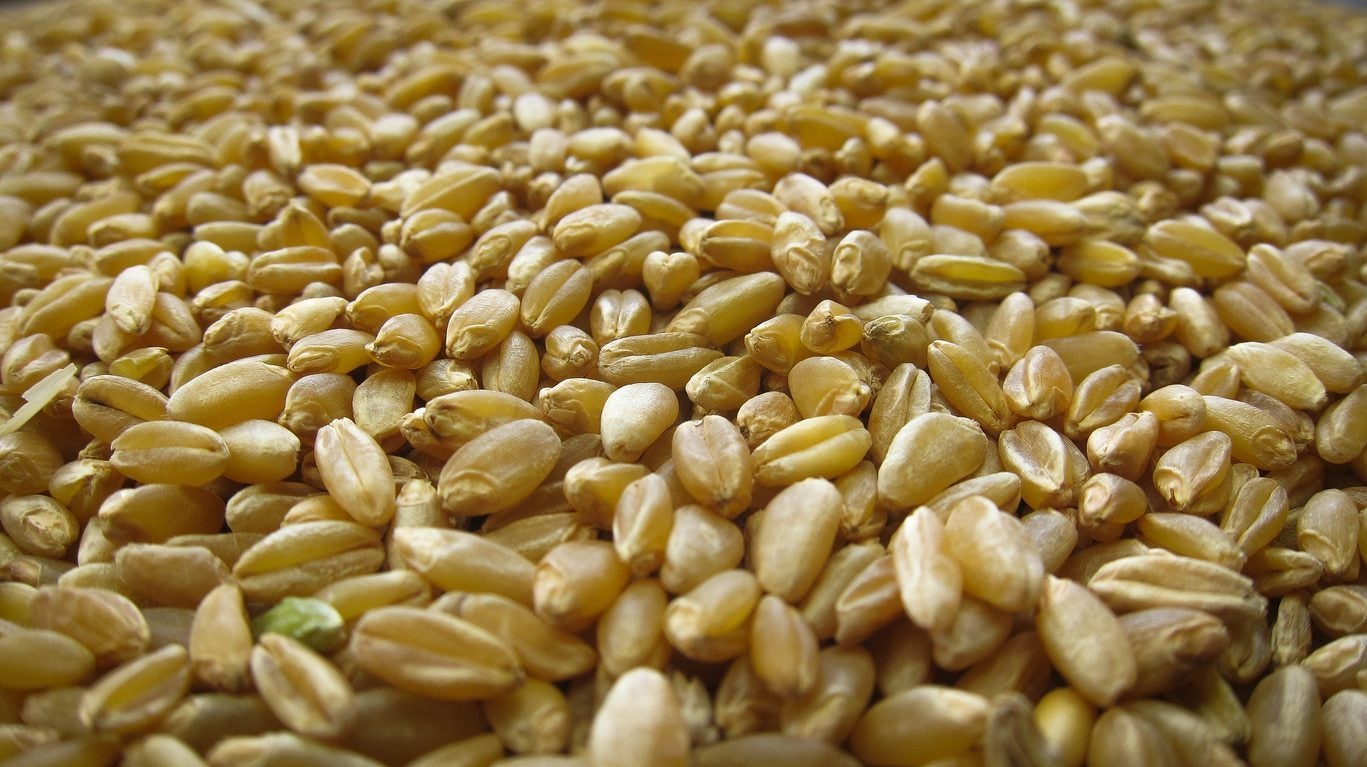
Durum Wheat Information: Tips On Growing Durum Wheat At Home
Utilizing whole grain wheat is more nutritious, which is why many gardeners are choosing to grow their own. How about growing your own durum wheat, for example? What is durum wheat? Click here to find out how to grow durum wheat and about durum wheat care.
By Amy Grant
-
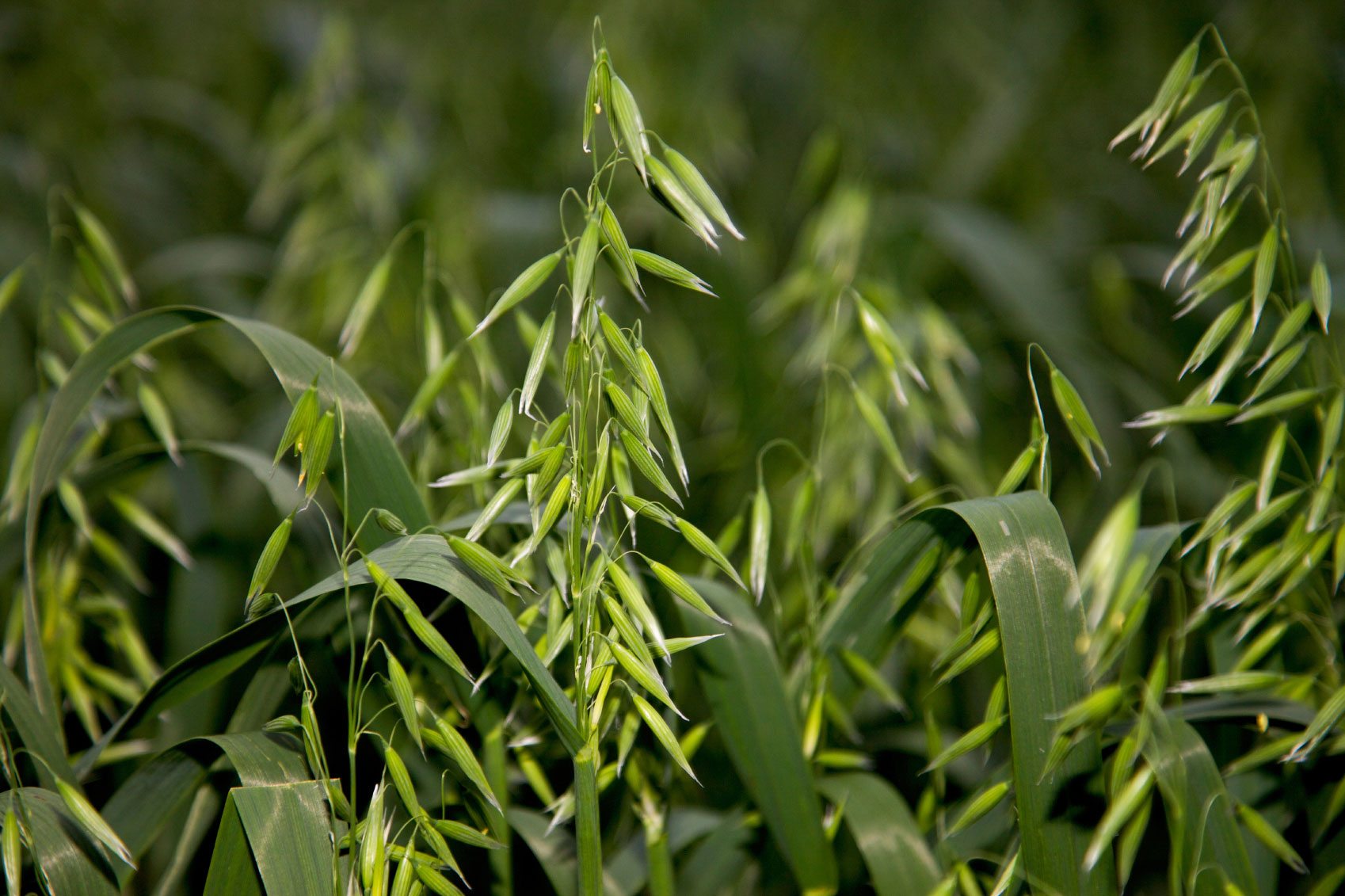
Using Cover Crops In The Garden: Best Cover Crops For Vegetable Gardens
Many gardeners add compost, manure and other organic materials to enrich the soil, but another method is by planting veggie garden cover crops. So what is it and why is cover cropping for increased vegetable production a good idea? Click here to find out.
By Amy Grant
-
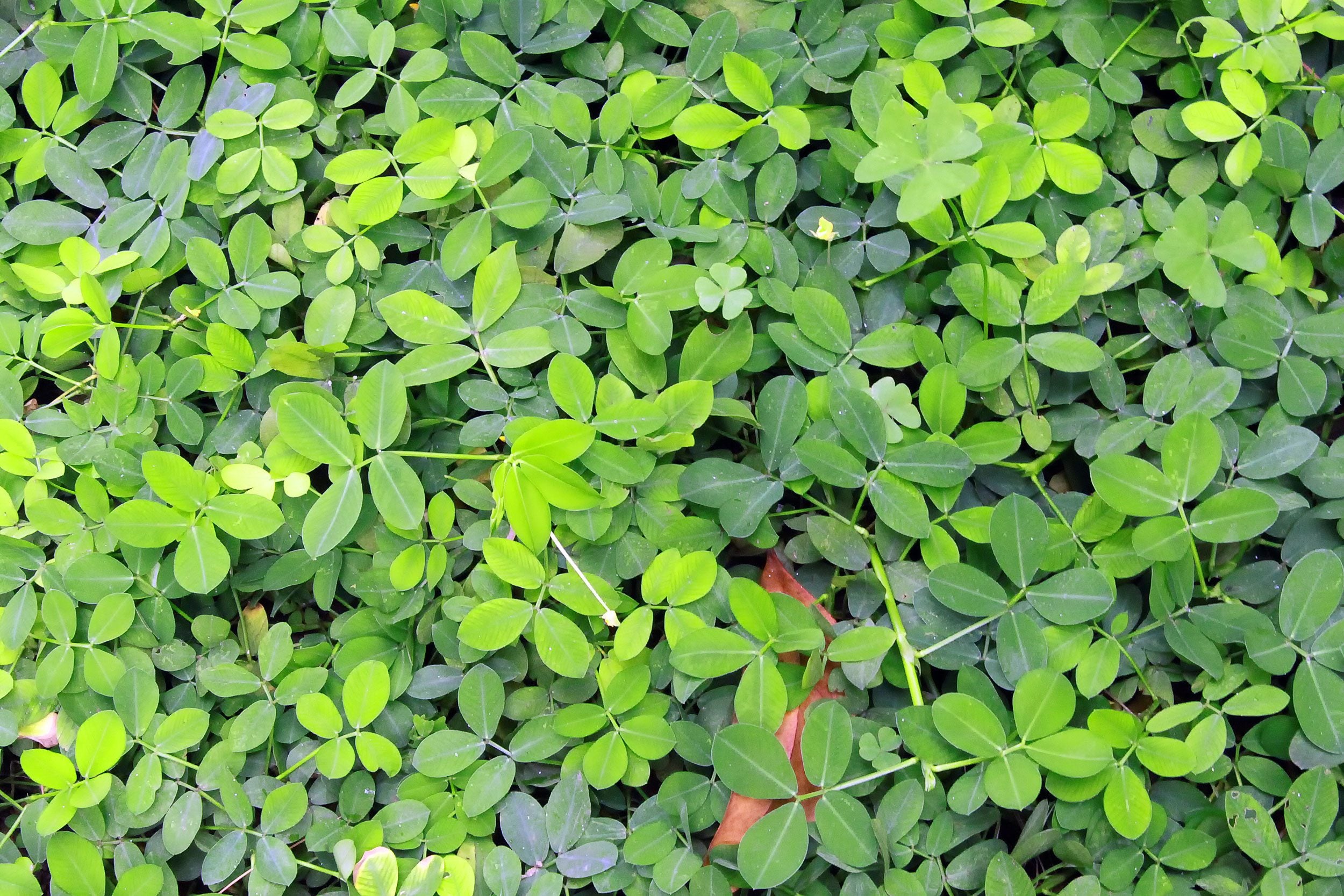
Difference Between Green Manure And Cover Crops
The name may be misleading, but green manure has absolutely nothing to do with poop. However, when used in the garden, cover crops and green manure provides a number of benefits to the growing environment. Learn more in this article.
By Mary H. Dyer
-
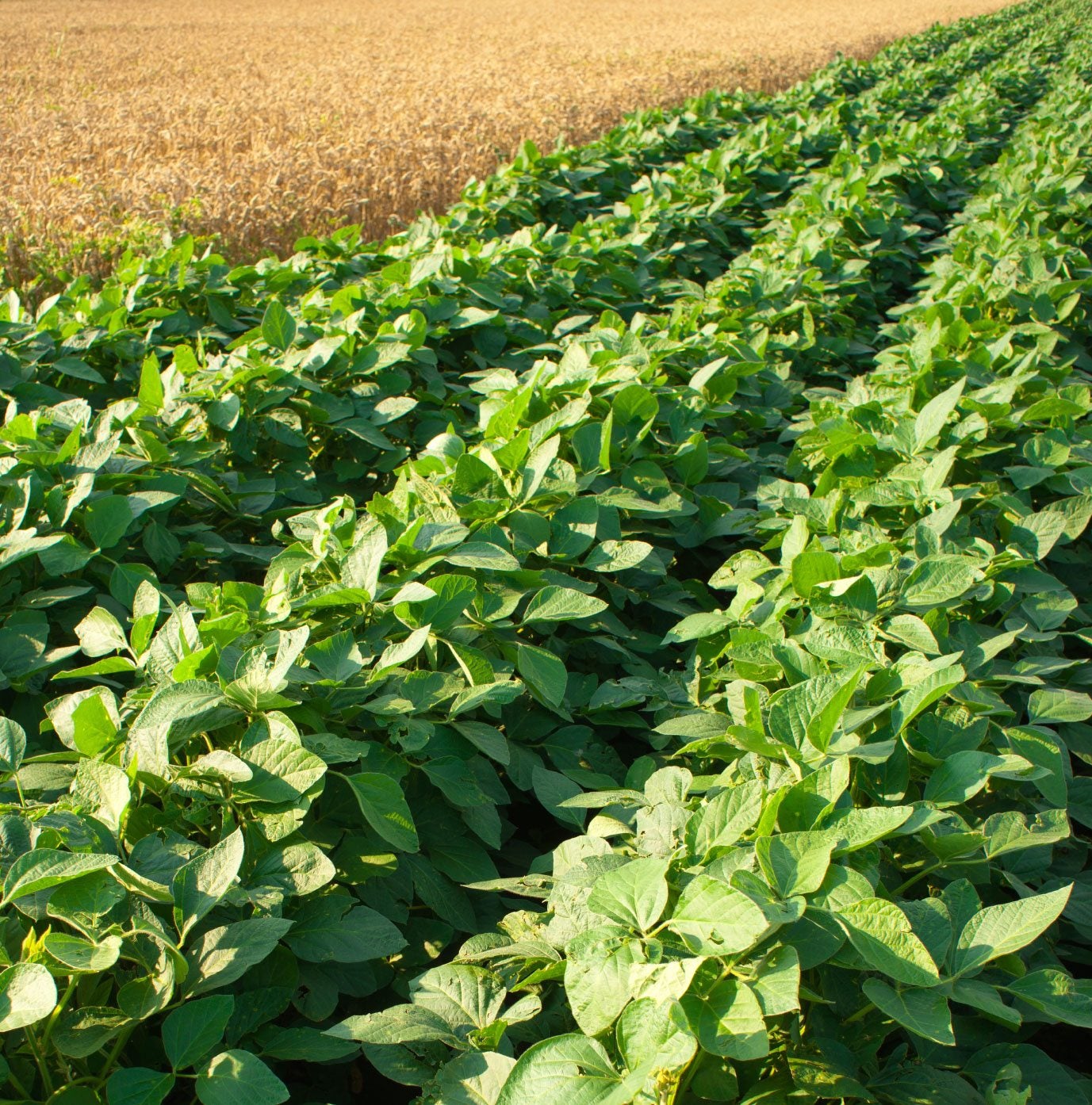
Cover Crop Planting Guide: When To Plant Cover Crops
Cover crops serve a number of functions in the garden. They add organic matter, improve the soil's texture and structure, improve the fertility, help prevent erosion and attract pollinating insects. Find out about cover crop planting times in this article.
By Jackie Carroll
